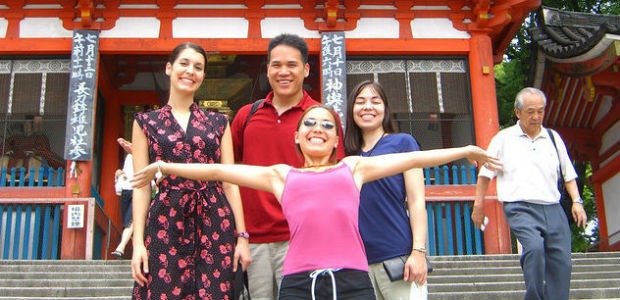Many teachers leave the West for English teaching positions in Asia and discover that they’re unprepared for the drastic cultural differences. One of the first many come across is the varying ways of greeting people. Honor and respect play huge roles in these actions, which are comparatively casual in the West, and knowing something about what is expected when you greet someone can be very valuable. Here’s a brief description of the norms in some of the TEFL hotspots in Asia.
Japan – Bowing is typical among the Japanese. The deeper you bow, the more respect you show the other person, the rules for which can be complex. However, the Japanese do not expect foreigners to understand this and they will simply appreciate you trying or, if you don’t feel comfortable doing so, they’re happy to accept a handshake. It is also good to keep in mind that it is considered impolite to introduce yourself. Rather, you should wait to be introduced.
China – The handshake is the preferred form of greeting with foreigners, but you may notice that many Chinese will look down when greeting someone. Typically you would refer to someone by their honorific title and last name until they let you know which informal name to call them by.
Thailand – Thais have a unique form of greeting known as the wai. Typically, a younger person or someone lower in status will initiate it, and it would then be returned by the other. Basically, it consists of placing your hands together in front of you and raising them to your chest or face while slightly bowing your head.
Vietnam – Most people shake hands when they meet, often with both hands and a slight bow. Some may not extend their hand, however, such as the elderly. In these cases, a bow alone is the appropriate form of greeting. Often, greetings are accompanied with the saying “xin chao”. This means different things when pronounced with different tones, however, so a foreigner who can pronounce it correctly is immediately well-respected!
South Korea – A bow followed or accompanied by a handshake is typical. To show respect during the handshake, place your left hand under your right forearm as if supporting it.











